
Product test
Nikon Z5II: a solid entry-level full-frame
by David Lee
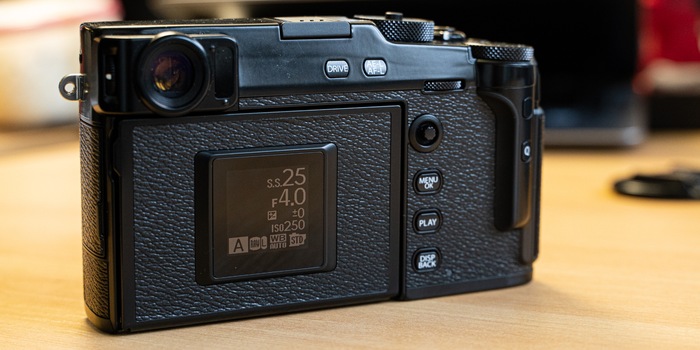
Strange: Fujifilm deliberately makes it difficult for you to use the viewfinder LCD on the new X-Pro3. What's the point of that? I've already been able to try it out.
Yesterday, Fujifilm officially presented the new X-Pro3 camera. It is expected to be available from the end of November. First of all, the performance data in brief:
The most important and striking feature, however, is the very unusual arrangement of the screens. There is no LCD on the back of the Fujifilm X-Pro3 to display the live image. Instead, there is just a small control screen with the most important shooting data - or even just the film simulation, depending on the setting. This makes the device look like an analogue film camera.
And that's exactly the point. The X-Pro series from has always been styled with retro in mind. Not only in terms of appearance, but also in terms of operation. With the X-Pro3, Fujifilm is simply going one step further in this direction.
At first glance, this seems to be nothing more than a nonsensical hindrance. However, Fujifilm's aim is obviously to promote photography similar to the analogue era. In other words: you should not stare at screens, but observe the world. This may result in better pictures. I can understand that in principle: Despite or perhaps because of the restrictions, I enjoy getting my old film camera out now and again.
Since Fujifilm lent us a pre-production model, I was able to try out how the unconventional screen concept feels in practice.
The mini LCD has no backlight. When switched off, it looks exactly the same as when switched on. Because the on/off switch is also not labelled, I can't tell at first whether the camera is running or not. But it's easy to learn: if the white line is perpendicular to the camera, it's switched off.
With the display of the analogue film used, the small screen looks pretty, but provides me with hardly any information. I therefore switch it to display a normal control screen. I don't find its display particularly clear. But I can customise this display to my own requirements in the menu.
I find it inconvenient that I have to fold out the LCD to set something in the menu. There's nothing to gloss over. I could also look through the viewfinder for menu settings. But then I would have to operate the buttons blindly. I'm not yet familiar enough with the camera for that.
I set off on my first walk with the camera with corresponding scepticism. I want to find out whether I'm actually taking photos differently, more consciously.
And that is indeed the case. The first thing I notice is that I don't miss the large LCD and hardly ever open it. In the electronic viewfinder, I can see the image as it will be saved afterwards anyway - and I can also display an image preview. That's quite enough.
So I'm not flying blind like with a film camera. Nevertheless, I change my behaviour a little in the same way as I would with an analogue camera. I keep my eyes open and concentrate on my surroundings instead of the device. I move around a lot, try things out, it's fun.
The fact that the automatic mode works reliably and flexibly also contributes to the fact that I am not constantly busy with the device and can concentrate on the subject. When I select the aperture, for example, I like to leave the choice of shutter speed and ISO to the camera and know that it's doing the right thing.
With the X-Pro3, the automatic mode can be fine-tuned very well. For example, the camera offers three presets for different automatic ISO settings. I can create a preset that allows sensitivities up to 800 ISO, one for a maximum of 3200 ISO and one for 12,800 ISO. Or I can create a preset for the wide-angle lens where the shutter speed can be slower than the preset 1/60 second.
In the evening I try a long exposure. The shutter speed dial only goes up to one second. Solution: The "T" setting allows you to change the shutter speed on the front wheel.
I like the concept. There's a quick access point for everything day-to-day, for more specialised cases a small but reasonable diversions is necessary.
This is nothing new from Fujifilm, by the way, but I mention it because it fits in with my overall impression: The camera is a tool for classic photographers, not for electronics nerds.
The new camera also comes with two new software features. The announced new film simulation "Classic Negative" was not yet available on my pre-production model. However, I was able to try out the new "Clarity" setting. I recognise this term from Lightroom. In the camera, however, it is subtle even at the maximum value.
Normal: [[image:30682615]]
Clarity at maximum (camera): [[image:30682616]]
Clarity at maximum (Lightroom) [[image:30682641]]
My interest in IT and writing landed me in tech journalism early on (2000). I want to know how we can use technology without being used. Outside of the office, I’m a keen musician who makes up for lacking talent with excessive enthusiasm.
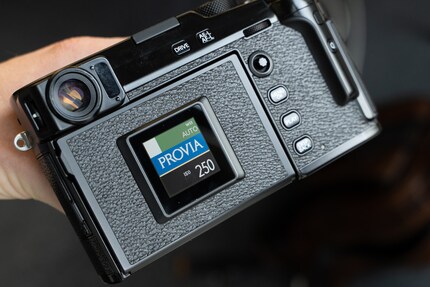
However, the X-Pro2 is not as uncompromising as the Leica M-10D, which has no screen at all. The back of the camera can be folded out to reveal the missing large LCD. However, you cannot rotate it 180 degrees and fold it back into the housing, as is the case with many Canon cameras, for example. The screen must remain folded out when in use.
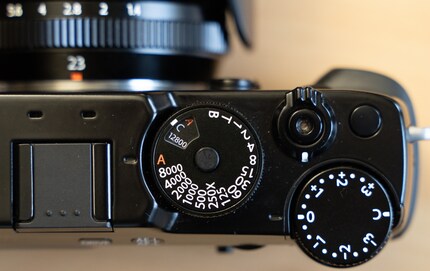
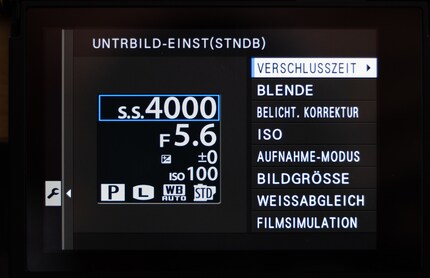
This isn't just down to the display layout, though. Other things on the camera also help me to concentrate on observing, on motifs and ideas. For example, the typical Fujifilm operation inherited from the analogue era: aperture on the aperture ring of the lens, shutter speed on the dial. It's very simple, fast and direct. I also only have one lens at my disposal, and it can't zoom. But it is very fast. That also reminds me a little of photography in the analogue age.
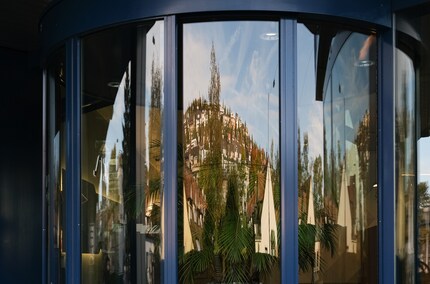

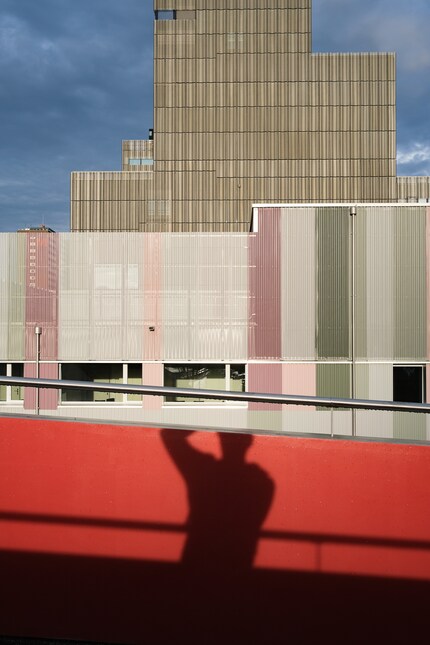
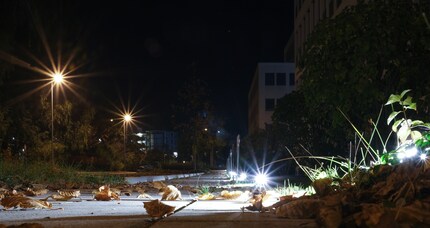
The X-Pro3 has the same sensor as the Fujifilm X-T3. I see little image noise even at high ISO, but the images visibly lose sharpness from 3200 ISO. For an APS-C sensor, however, the quality seems very good to me. I only had a pre-production model and the RAW converters can't yet process RAW files from this camera, but the image quality should be about the same as the Fuijfilm X-T3.
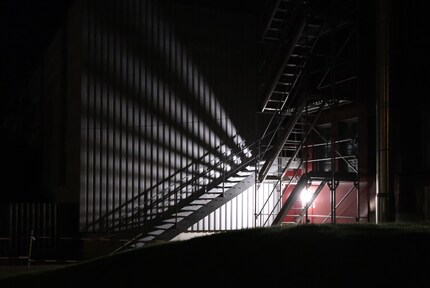
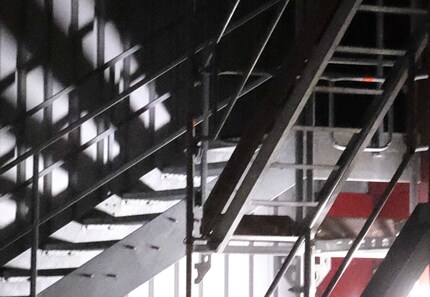
I focussed entirely on the screen thing in this short test. Technically speaking, the X-Pro3 does not surpass the X-T3, and the video function is even worse. An extra of the X-Pro series is the hybrid viewfinder, which works both electronically and "optically" (peephole). The optical viewfinder of the X-Pro3 has been improved, but I generally don't like it. With the 23mm wide-angle lens I used, it obscures a large part of the viewfinder image. At close range, the image section is also not correct because the peephole is in a different place than the lens. But the optical viewfinder suits a camera with a retro design and is sure to find its fans.
Did Fujifilm do something different with the screen layout just to make it different? After trying it out for the first time, I think not. The X-Pro series has always been for retro fans, and this clientele should like the idea for the most part. Everyone else doesn't have to buy this camera of all cameras, there are countless alternatives with a normal viewfinder LCD. In general, Fujifilm has long pursued the strategy of building exceptional cameras instead of competing with the competition for the best technical data. And has been successful with it.


Fairphone 5
256 GB, Transparent Edition, 6.46", SIM + eSIM, 5G